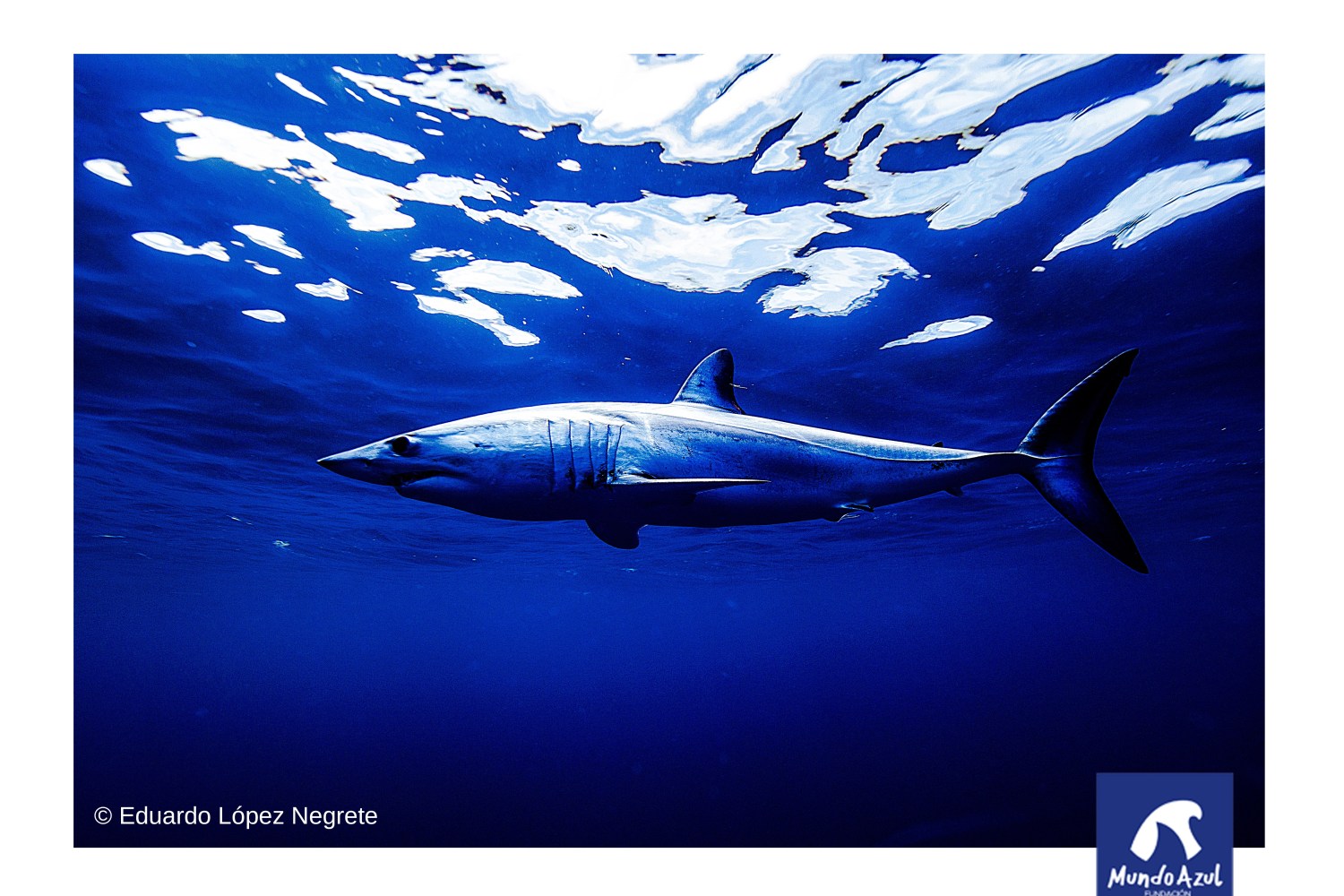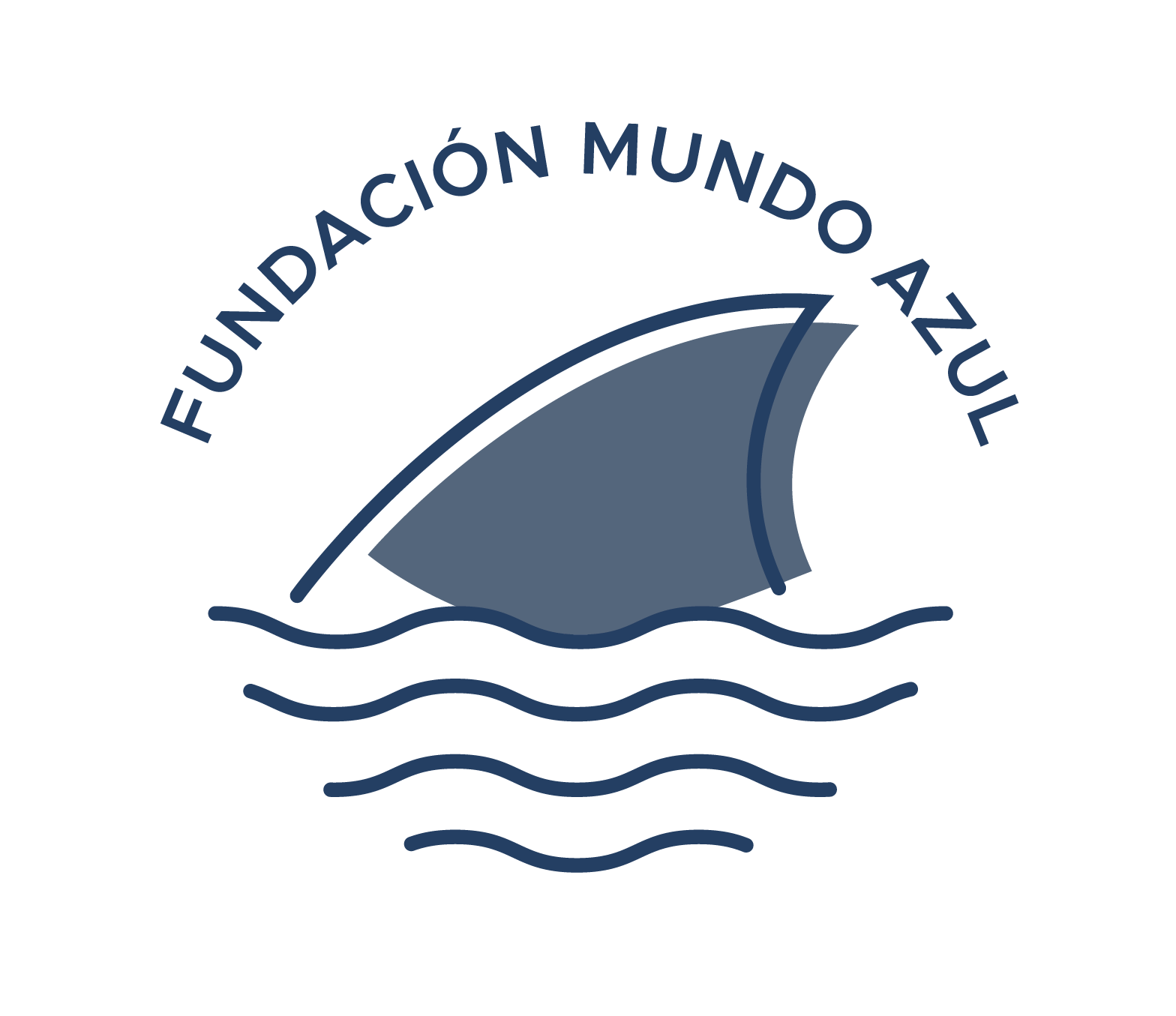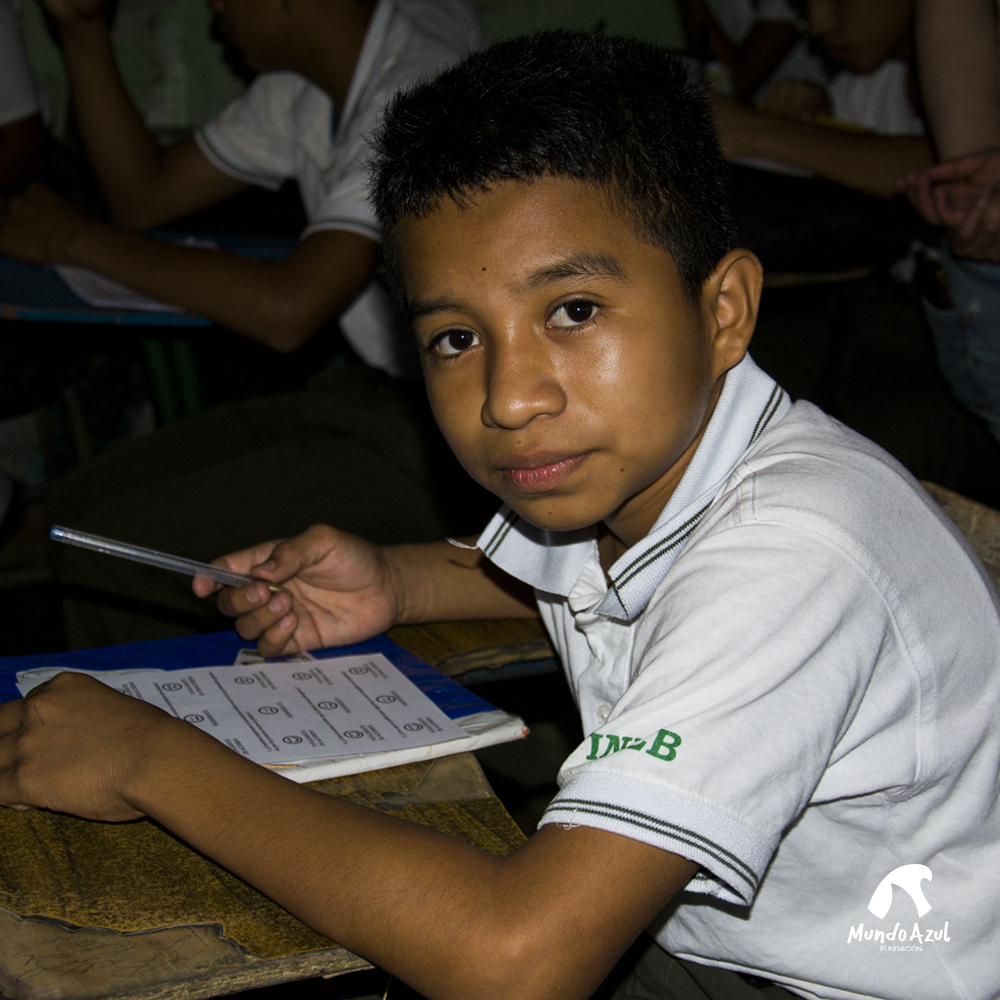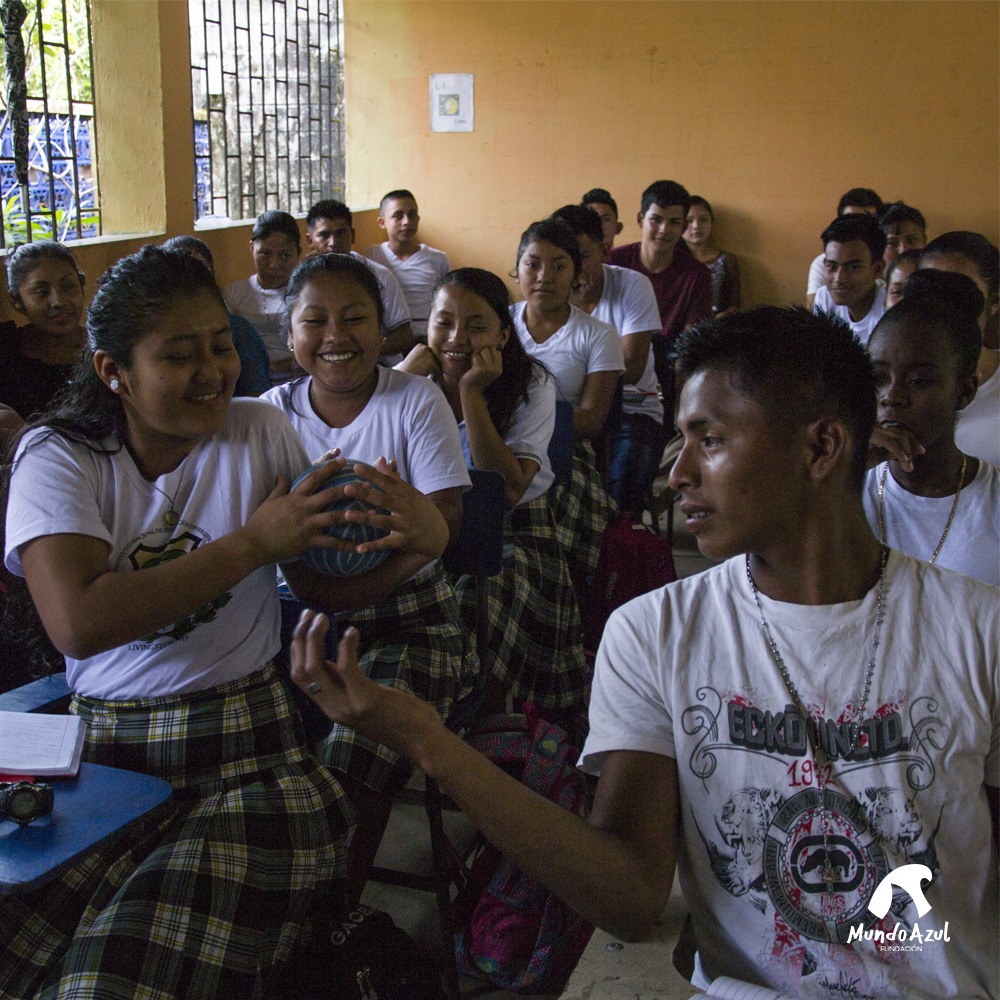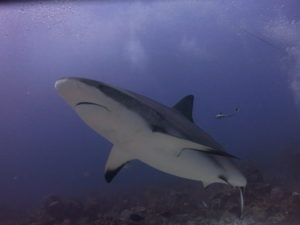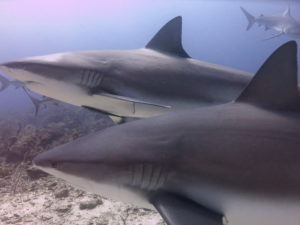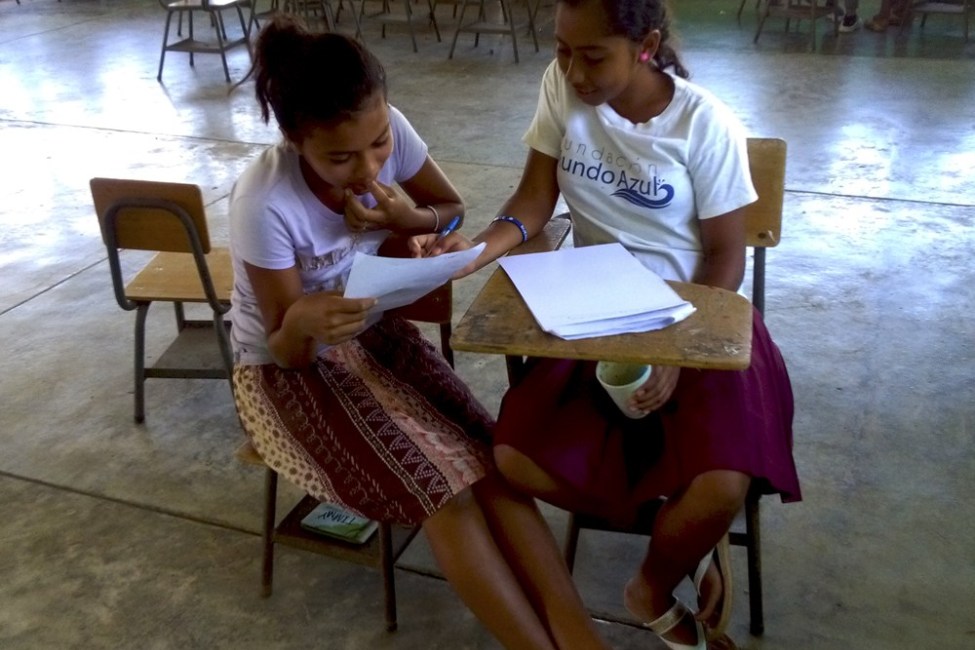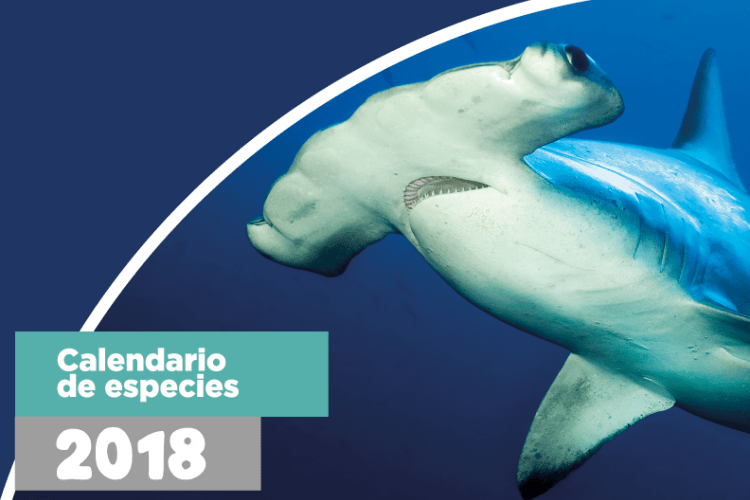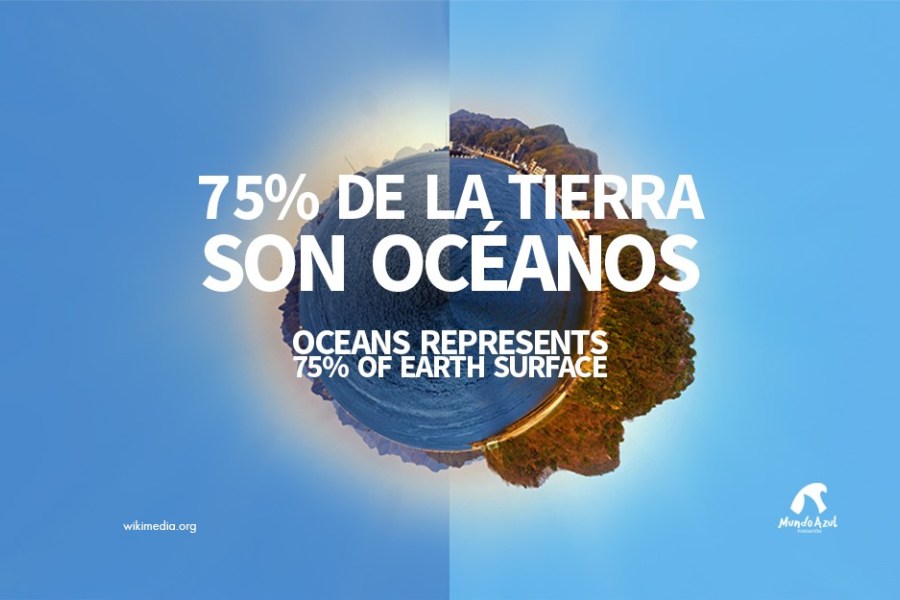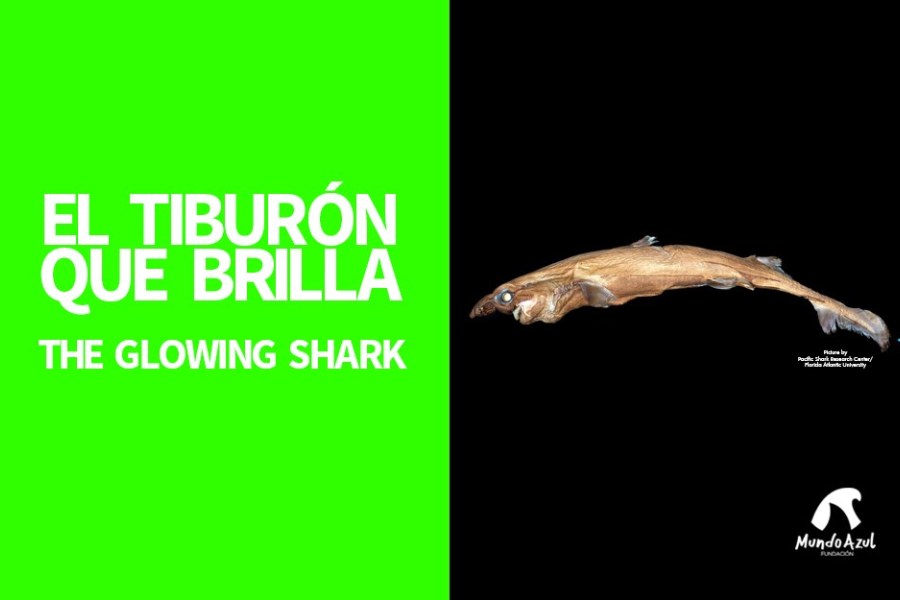A shark can survive for up to a year without feeding! As incredible as it may seem, (considering the large size of some shark species) sharks can survive for up to a year without feeding.
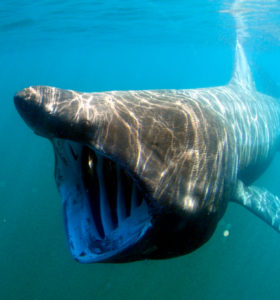
According to shark Pedia data, sharks can vary their eating habits depending on the regions where they live. These incredible aquatic animals have an easy adaptability to precarious situations in which they cannot obtain food during quite prolonged times, that is why some species of sharks eat just quantities of proportional food To your body and then not to eat again for weeks, months or even for a full year. The way they achieve this amazing feat is thanks to their liver. The Sharks-world site (Shark World in Spanish) states that like humans, sharks also have a liver, although the latter use it in a different way. Fish like sharks can store large amounts of oil during quite long times.
The efficient liver of sharks allows them to keep nutrients that facilitates survival in food shortages and is only when the oil in their liver decreases that they activate their instinct to feed; it is important to mention that like gasoline for a car, the liver of the Sharks should not run out of oil for the proper functioning of their organism.
The importance of the liver to the survival of sharks is not the only quality of this organ. Rob Harris indicates that biologically the liver of a surface shark has a total weight of 25 percent of its body weight while deep sharks may have only 5 percent.
Scientifically it has been proven that the more you need a shark to keep moving in order to get the oxygen from the water that passes through its gills, the more space can occupy the liver in the body of the Sharks. It has been confirmed that in many species of shark the liver can occupy about 90 percent of the body cavity of these fish.
The importance of the liver for the buoyancy of sharks is that the oil produced by this organ is lighter than water, allowing them to have a relatively lower weight than the pressure exerted by their body while swimming. This means that while the liver maintains a correct production of oil, the shark could not sink, besides that the difficulty and effort of its movement by swimming is reduced significantly and drastically.
It is amazing how complex and well-adapted shark organisms are to their own environments. If you meditate calmly, it can be concluded that for a shark gluttony is not an option. So when you no longer can and still try to give the last bite to your burger, remember that nature has lessons that are worthy of being emulated.
By Christian Zúñiga
References
Harris Rob Pets on Mom.me [online]. – 25 of 01 of 2018. –
Http://animals.mom.me/oily-liver-shark-work-7894.html.
Sharks-World [online]. – 2017. – 25 of 01 of 2018. –
Http://www.sharks-world.com/shark_anatomy/°.
Spector Dina BUSINESS Insider [online]. – 2014 of 05 of 2014. – 25 of 01 of 2018. – Http://www.businessinsider.com/how-many-days-can-you-survive-without-water-2014-5.
Tiburón Pedia [Online]. – 18 of 01 of 2018. –
http://www.tiburonpedia.com/que-comen-los-tiburones/.
Pilgrim Shark, the liver of this shark can store about 400 liters of oil. * * Image entitled to reuse. Author: PXHERE.COM * *
